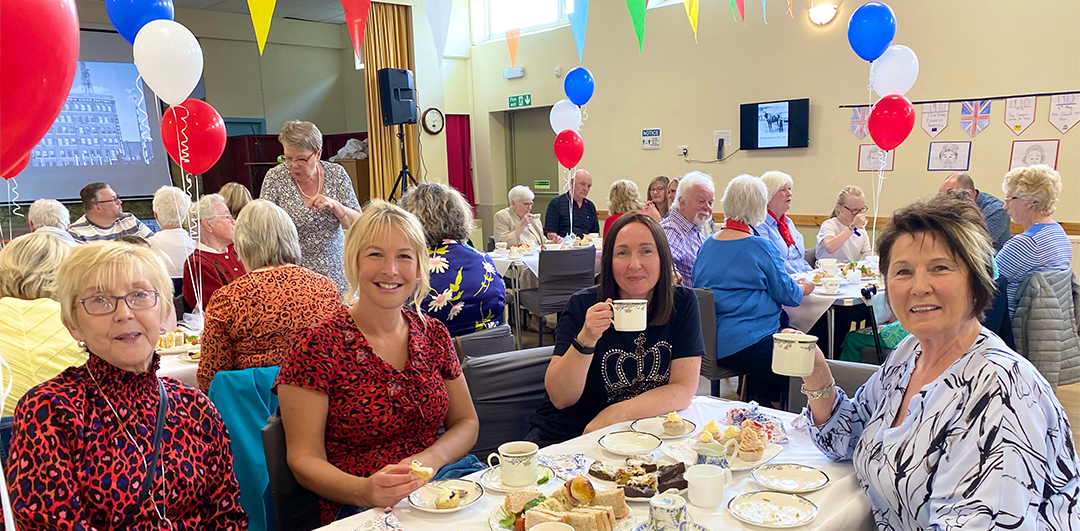The Creation of Smallholdings 1937
In 1937, the estate of Tealing was sold to the Department of Agriculture, for £23,497, to meet the death duties of Thomas Stuart Fothringham. The Department of Agriculture then leased the land in Tealing for 41 smallholdings, ranging in size from 5 to 50 acres. About six farms were broken up in this way.
Writing about the smallholdings in Tealing in 1949, the evening Telegraph reported "in the Todhills direction to the north of the parish, stands the holding of Mr & Mrs J Campbell which they have quaintly named "Tinkletap". Their main line is chicken farming. Mrs Campbell bears the brunt of this work, while her husband grows the corn to feed the hens and tends their nine acres of potato land. They also have a few cows, calves, horses and a pig. Their stock of hens runs to 2000. In this year's hatching season they produced about 14,000 chicks. Mr & Mrs Campbell have been on their Todhills holding for about 14 years. One of their near neighbours is Mr Alec Keir who goes in for dairy farming. His land runs to 50 acres and he has 16 milk cows and grows corn, potatoes and turnips".
In 1968 the Statistical Account said, "there are three main groups of smallholdings in Angus, the largest group being in Mains, Strathmartine and Tealing. They are the property of the Department of Agriculture, Fisheries and Food and are let to tenants. They are worked full-time, part-time or spare-time. Many of the larger holdings are well-equipped viable units. Recently there has been a tendency to amalgamate some of the smaller ones as the opportunity arises. Some of the smaller units near Dundee specialise in the production of fruit, flowers and vegetable, selling at the farm gate".
The Clark Family at No.18 Holding recalls "the soft fruit industry played a major part in the life of the Tealing smallholder. Most 5/10-acre holdings had both strawberries and raspberries. In the early days most strawberries went to the canneries, then the freezers started up and you could select the best berries in punnets for the supermarkets. The weather often decided whether the farmer made a good profit or not - two or three rainy days could destroy a lot of fruit. The berry season gave local school children and adults the chance to make some extra cash as pickers were always needed, but now machinery has taken over. Many happy days were had in the berryfields".
